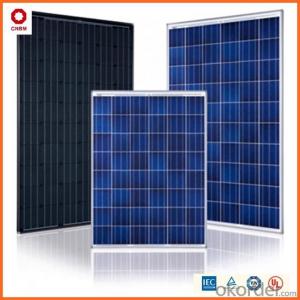Solar energy has been a game-changer in the quest for renewable energy sources. With the sun as our endless power source, solar panels have become a popular choice for harnessing this energy. But what happens when these solar panels reach the end of their life cycle? That’s where the concept of recycling solar panels comes into play.
The Lifespan of Solar Panels
Solar panels, while incredibly durable, do have a finite lifespan. On average, they last for about 25 to 30 years. After this period, their efficiency drops significantly, and they can no longer generate power at optimal levels. This is where the idea of recycling becomes crucial. By recycling solar panels, we can ensure that the valuable materials used in their construction are not wasted but instead repurposed for future use.
The Environmental Impact of Solar Panel Waste
When solar panels reach the end of their life, they can pose a significant environmental challenge. They contain hazardous materials such as lead and cadmium, which, if not disposed of properly, can cause harm to the environment. Recycling solar panels helps mitigate this risk by safely extracting and reusing these materials.
The Benefits of Recycling Solar Panels
Recycling solar panels offers numerous benefits. Firstly, it helps conserve natural resources by reducing the need for mining new materials. Secondly, it lowers energy consumption in the production process, as recycling requires less energy than manufacturing from raw materials. Lastly, it reduces the environmental footprint of the solar industry, promoting a more sustainable approach to energy generation.
Challenges in Recycling Solar Panels
Despite the benefits, recycling solar panels is not without its challenges. The process can be complex and costly, requiring specialized equipment and expertise. Additionally, there is currently a lack of standardized recycling facilities and processes, which can make it difficult for manufacturers and consumers to recycle solar panels efficiently.
The Future of Solar Panel Recycling
As the solar industry continues to grow, so too does the need for efficient recycling solutions. Innovations in recycling technology are being developed to make the process more accessible and cost-effective. Governments and industry leaders are also recognizing the importance of recycling and are implementing policies and initiatives to support the development of a robust solar panel recycling infrastructure.
Personal Stories: The Human Side of Solar Panel Recycling
Let’s not forget the people behind the scenes who are driving the solar panel recycling movement. From researchers working on new recycling methods to companies investing in recycling facilities, there are many individuals and organizations committed to making solar panel recycling a reality. Their stories add a personal touch to this environmental endeavor, showing that it’s not just about technology but also about the people who care about our planet’s future.
The Role of Consumers in Solar Panel Recycling
Consumers play a vital role in the success of solar panel recycling. By choosing to recycle their solar panels at the end of their life, they contribute to a circular economy and help reduce the environmental impact of solar energy. Educating consumers about the importance of recycling and providing them with accessible recycling options are key to making this happen.
In conclusion, recycling solar panels is an essential part of the future of solar energy. It’s not just about making the most of our resources; it’s about ensuring that our pursuit of clean energy does not come at the expense of our environment. As we continue to innovate and develop better recycling methods, we can look forward to a future where solar energy is not only sustainable but also truly green.

